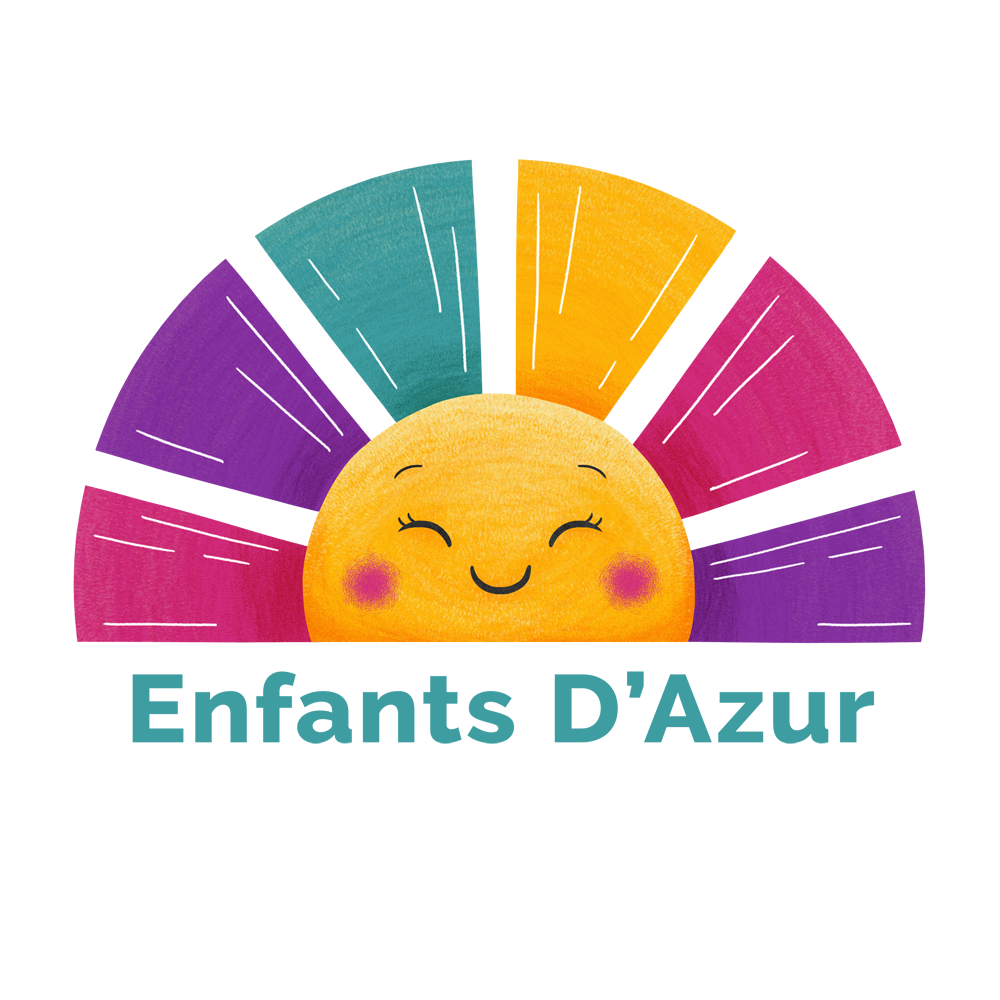Breastfeeding Instincts: Bonding for Mother & Child
This post is also available in:  Français
Français
Breastfeeding Instincts: Bonding for Mother & Child
By Céline Bourganeuf

Biological Nurturing "BN" is a concept developed by Suzanne Colson, a doctoral midwife with more than 40 years of experience. BN is a method of observation that promotes a healthy start to breastfeeding.
Our society often teaches breastfeeding techniques and habits regardless of maternal instincts, yet every mother has the power to instinctively breastfeed her baby without being taught a technique. Allowing hormones to express themselves and fulfill their role in milk production and milk ejection in a suitable environment is the basis of BN.
Breastfeeding is more than just a way to feed a baby: it is a relationship, a bond, a dance between the needs of the mother and the needs of the baby. Observing the behaviour of the mother and baby to better accompany mothers and support their breastfeeding remains the key to an appropriate follow-up. Biological Nurturing encompasses both the biology of breastfeeding and all the love one shows for their baby through actions that are done on a daily basis, such as changing them. Thus, the mother trusts herself and her baby to allow optimal fulfillment of their respective needs.
Be Part of a Continuity
In the womb, the fetus is continuously fed by the umbilical cord. This continuity is maintained after birth when the healthy child is breastfed when they feel the need as they gradually adapt to the short fasting time after birth. During the first few days, the baby's place is on the mother's body (in the continuity of pregnancy: one against the other and not next to each other), this is "tummy time"!
The Mother
BN is above all a question of comfort. The position is one that a mother naturally adopts. She will instinctively know to lean backwards, upper back in support and maternal body in full support to allow relaxation and release of oxytocin, the hormone of love and milk ejection. Also triggered by essential eye contact, the dyad takes refuge in a bubble, communicates through the gaze and creates the bond of attachment. These observations allow the awakening of the newborn’s archaic reflexes, facilitating feeding and triggering lactogenesis II "let down".
The Baby
In general, babies use natural involuntary "reflex" movements to migrate to the mother's breast. When the child is in continuous ventral contact with the mother's body, archaic reflexes are used by the baby. They stabilize and take the breast, favoring the transfer of milk while supported by their mother.
Gravity is an important component in BN. It naturally takes the baby's head to the breast and thus promotes the opening of the baby's mouth to breast. The baby is therefore naturally at the "right address" to secure, warm up, wake up, feed, fall asleep and develop. The child needs continuous contact with their mother at least for the first three days both while awake and asleep for a smooth landing on earth.
Let's Free our Reflexes!
Mums and mothers-to-be, trust yourselves, the key to successful breastfeeding lies in our genes, in our mammalian reflexes, as well as our babies!
Professionals and Future Professionals
Let's take the time to observe the innate and acquired behaviours of women and the expression of the archaic reflexes of newborns before intervening and risk disrupting natural breastfeeding. Let us simply put the means to establish a safe environmental framework for breastfeeding in the first place.
Author: Céline Bourganeuf, IBCLC-certified lactation consultant, BN companion, Colson approach, trained in baby massage, carrying and specialist in restrictive oral brakes and babies' sleep. www.celinebourganeuf.com


